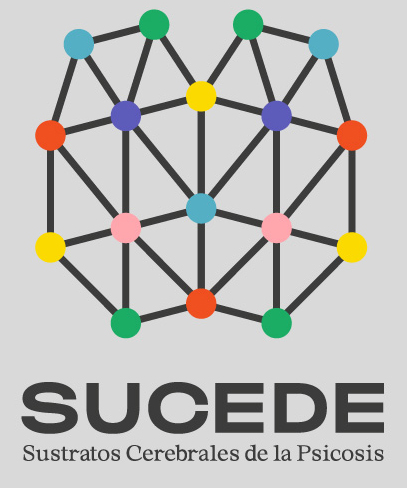Understanding resting-state brain activity is fundamental for unraveling the pathophysiology of various neuropsychiatric disorders. Recent research, presented by E. Osorio, addresses this field through the analysis of brain complexity using Fractal Dimension (FD) in electroencephalography (EEG) signals.
Fractal Dimension quantifies the inherent irregularity and complexity in brain activity patterns. In the context of EEG, this measure can offer insights into the spatiotemporal dynamics of the brain. The study aimed to explore alterations in brain complexity in individuals with schizophrenia, a disorder that lacks reliable temporal biomarkers for diagnosis.
The methodology included the analysis of resting-state EEG data from schizophrenia patients and healthy controls. The results revealed a significant decrease in brain complexity (measured by the Fractal Dimension Index, FDI) in the schizophrenia cohort, particularly in key functional networks such as auditory, attention, and salience networks. Additionally, negative correlations were observed between FDI and symptom severity, suggesting an inverse relationship between brain activity complexity and psychopathology. These findings position FDI as a potential biomarker, demonstrating promising discriminatory capacity.
In summary, this work highlights the applicability of Fractal Dimension in resting-state EEG analysis to investigate changes in brain complexity associated with schizophrenia. The reduced complexity observed in patients is consistent with existing literature, underscoring the relevance of brain dynamics in understanding alterations in neuronal communication. This line of research opens new avenues for the development of diagnostic and monitoring tools in complex neurological disorders.



